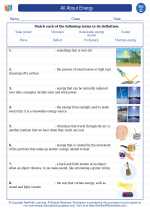Coal
Coal is a combustible black or brownish-black sedimentary rock that is composed mainly of carbon and hydrocarbons. It is formed from the remains of vegetation that have been compressed and heated over millions of years. Coal is one of the most widely used fossil fuels for generating electricity and heat, as well as for industrial processes.
Types of Coal
There are four main types of coal, each with different carbon content and energy value:
- Anthracite: This is the highest rank of coal and has the highest carbon content. It is known for its high energy content and low impurities.
- Bituminous: This type of coal is commonly used for electricity generation and is the most abundant type of coal. It has a higher carbon content than sub-bituminous coal.
- Sub-bituminous: This type of coal has a lower carbon content than bituminous coal and is commonly used for electricity generation and industrial processes.
- Lignite: Lignite is the lowest rank of coal and has the lowest carbon content. It is used for electricity generation and is known for its high moisture content.
Formation of Coal
Coal is formed from the remains of plants that lived and died millions of years ago. The process of coal formation starts with the accumulation of plant debris in swamps and peat bogs. Over time, the plant material is buried by sediment and subjected to heat and pressure, which leads to the formation of coal.
Uses of Coal
Coal has been used for various purposes throughout history. Some of its main uses include:
- Electricity generation: Coal is a major source of electricity generation in many countries around the world.
- Heat production: It is used for heating homes and buildings, as well as for industrial processes such as steel production.
- Chemical production: Coal is used as a source of carbon in the production of various chemicals and materials.
- Historical uses: In the past, coal was also used for cooking, transportation, and as a source of light.
Environmental Impact
While coal has been a major source of energy for centuries, its use has significant environmental impacts. The combustion of coal releases carbon dioxide, sulfur dioxide, and other pollutants into the atmosphere, contributing to air pollution and climate change. The mining of coal can also lead to habitat destruction and water pollution.
Study Guide Questions
- What are the main types of coal and their characteristics?
- Describe the process of coal formation.
- What are the main uses of coal?
- Discuss the environmental impact of coal usage.
- Compare and contrast the environmental impact of different types of coal.
These study guide questions can help you test your knowledge and understanding of the topic "coal." Feel free to explore further resources and conduct experiments to deepen your understanding of this important fossil fuel.
[Coal] Related Worksheets and Study Guides:
.◂Science Worksheets and Study Guides Third Grade. All About Energy
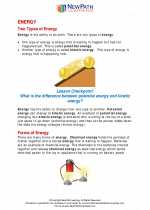
 Worksheet/Answer key
Worksheet/Answer key
 Worksheet/Answer key
Worksheet/Answer key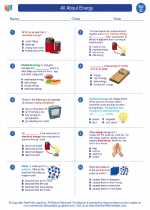
 Worksheet/Answer key
Worksheet/Answer key
 Worksheet/Answer key
Worksheet/Answer key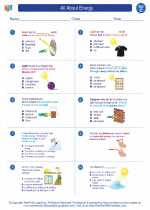
 Worksheet/Answer key
Worksheet/Answer key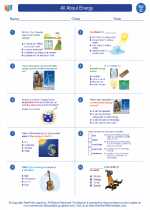
 Worksheet/Answer key
Worksheet/Answer key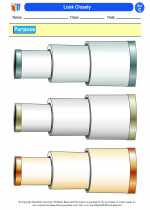
 Vocabulary/Answer key
Vocabulary/Answer key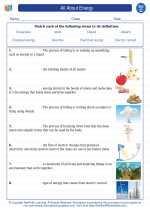
 Vocabulary/Answer key
Vocabulary/Answer key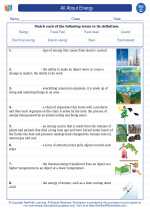
 Vocabulary/Answer key
Vocabulary/Answer key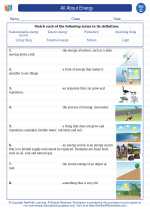
 Vocabulary/Answer key
Vocabulary/Answer key